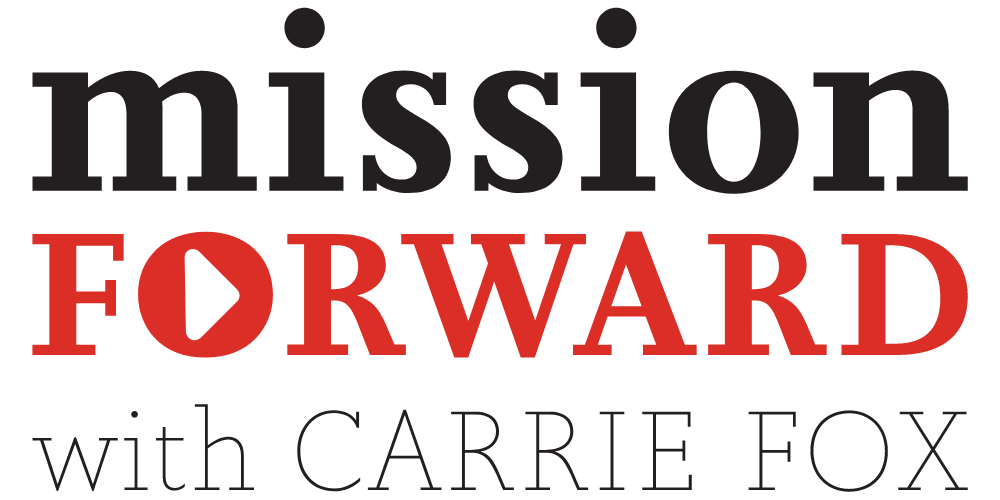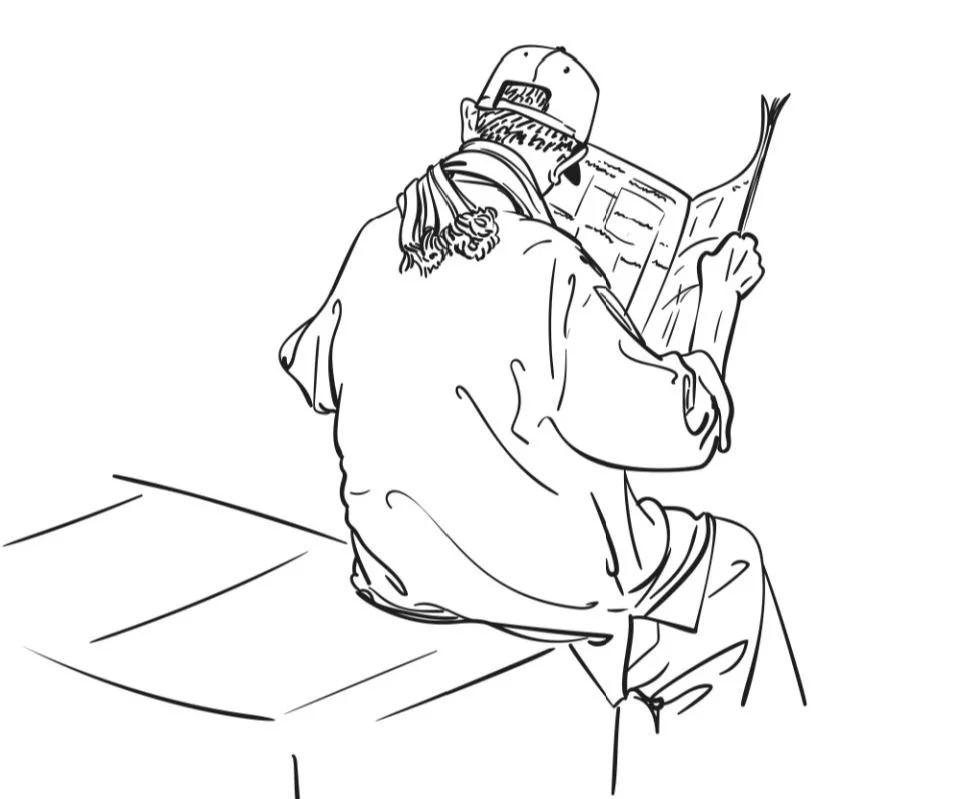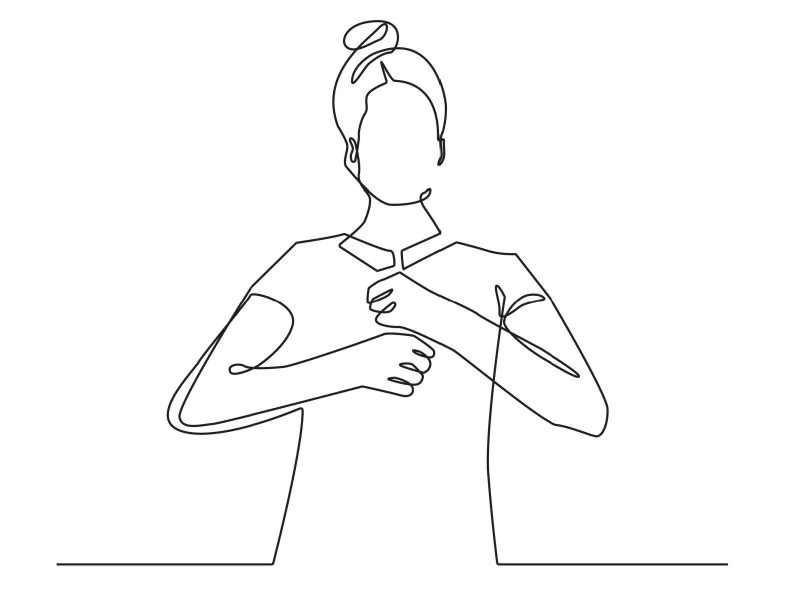Good News
This article is part of Finding the Words, a newsletter that delivers practical insights on the day’s issues.
Take what you need, give what you can.
That’s the motto on Baltimore Beat’s 30-plus Beat Boxes (and a pretty good motto for life, too) that have popped up throughout Baltimore City in recent years. These boxes are home to the weekly nonprofit newspaper and double as a community exchange.
I first learned about the boxes this summer after hearing this story on NPR about the ending of an iconic summer job. While the state of New York is doing away with paper delivery for kids as young as 11, one nonprofit news outlet in Baltimore has found ways to keep paper delivery alive, particularly for its residents who have limited or no access to the internet.
At Baltimore Beat, drivers do more than toss papers from their cars or bikes—they note when one business has closed, or another has opened. They get to know the communities and their new residents. They even ensure the paper’s Beat Boxes (more on these below) are in good working order and will help repair them when needed.
The Beat’s intentional commitment to community is refreshing—and good for business—as the determined nonprofit news outlet bucks the trends of many community-based newspapers nationwide.
If you were to look at the data alone, you’d probably agree that print newspapers aren’t just dying—they’re dead. The Local News Initiative reported last year that overall circulation has decreased by more than 60% since 2005, as local publications scale back due to falling advertising revenue and the prevalence of online news.
But as The Beat reminds us, what if print newspapers aren’t dead- they’re just ready for their second act?
The small but mighty media outlet that prioritizes thoughtful engagement with its readers was founded in 2017 by two former editors of the Baltimore City Paper, an alt-weekly that closed the same year. Rather than repeat what wasn’t working, The Beat’s leadership decided to reimagine news as the centerpiece of their community.
As Lisa Snowden, Editor-in-Chief of Baltimore Beat, said: “The trend for journalism is to put everything online and to pay for it by putting a paywall on everything. But where does that leave people who do not have steady access to the internet?”
Why not bridge that gap?
Baltimore Beat and their thoughtfully designed Beat Boxes are delivering the news to people who might not otherwise get it—and they're delivering so much more, too. Each custom-made Beat Box, centrally located throughout the community and created in partnership with Baltimore nonprofit Open Works, features special compartments for life-saving supplies, food pantry staples, face masks, toiletries, and more.
Take what you need, give what you can...and strengthen community in the process. Now, that’s a story worth following.
Bottom line: Sometimes what we think is no longer needed or wanted is just waiting to be reimagined. In doing so, we can discover new and better ways to connect with our audiences, community, and each other.
This post is part of the Finding The Words column, a series published every Wednesday that delivers a dose of communication insights direct to your inbox. If you like what you read, we hope you’ll subscribe to ensure you receive this each week.







